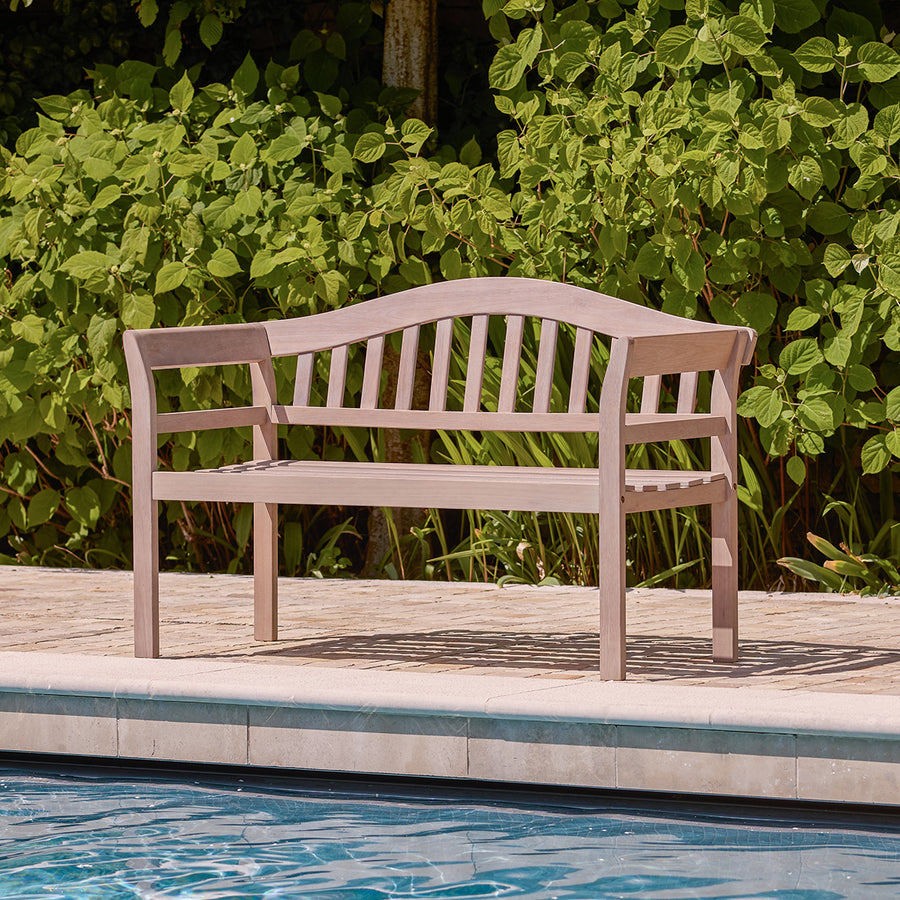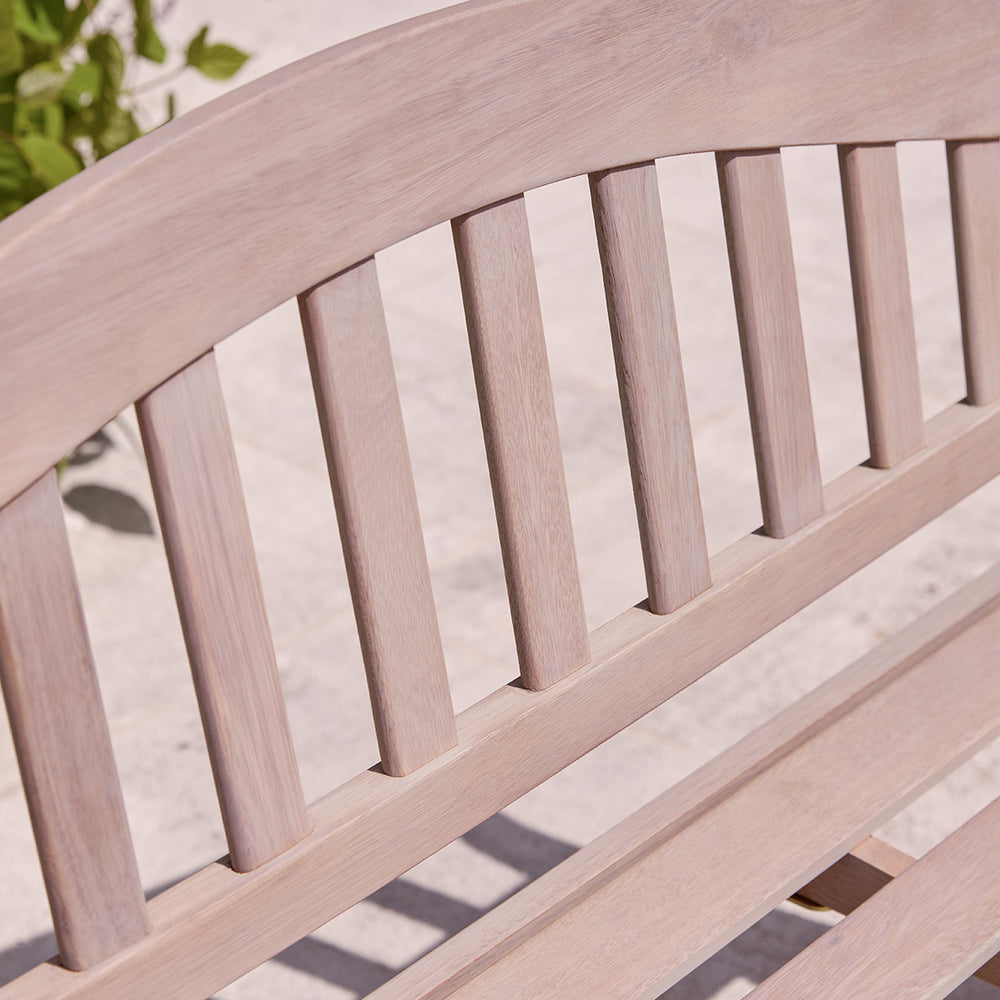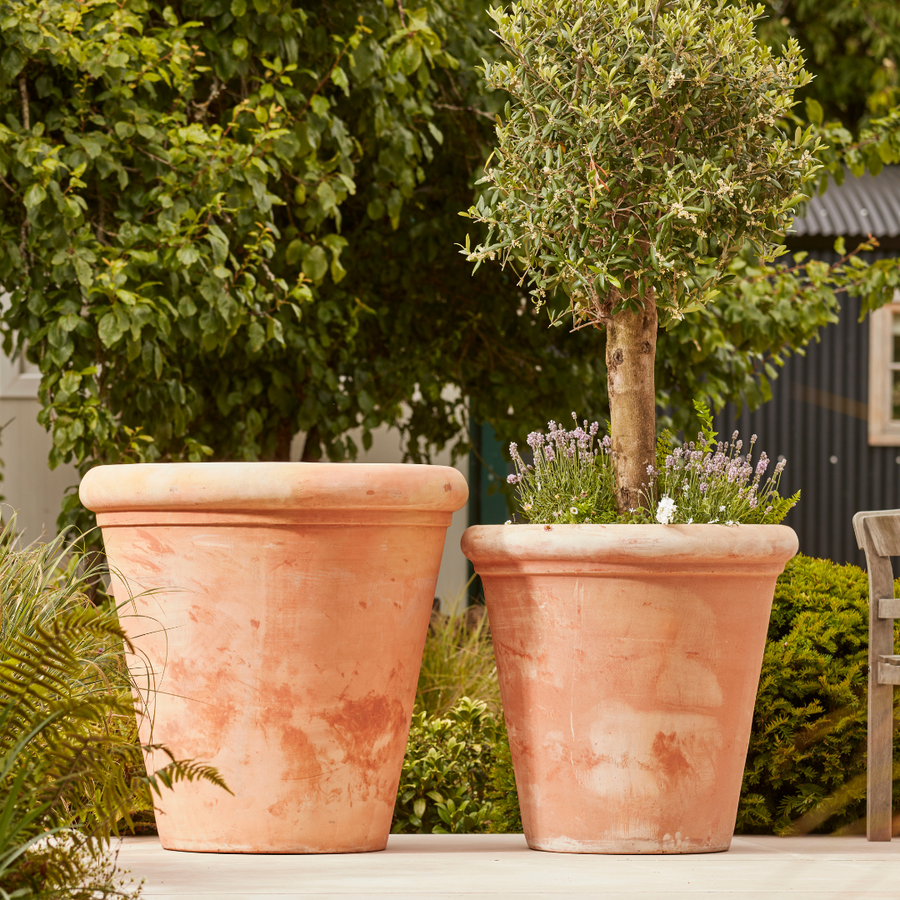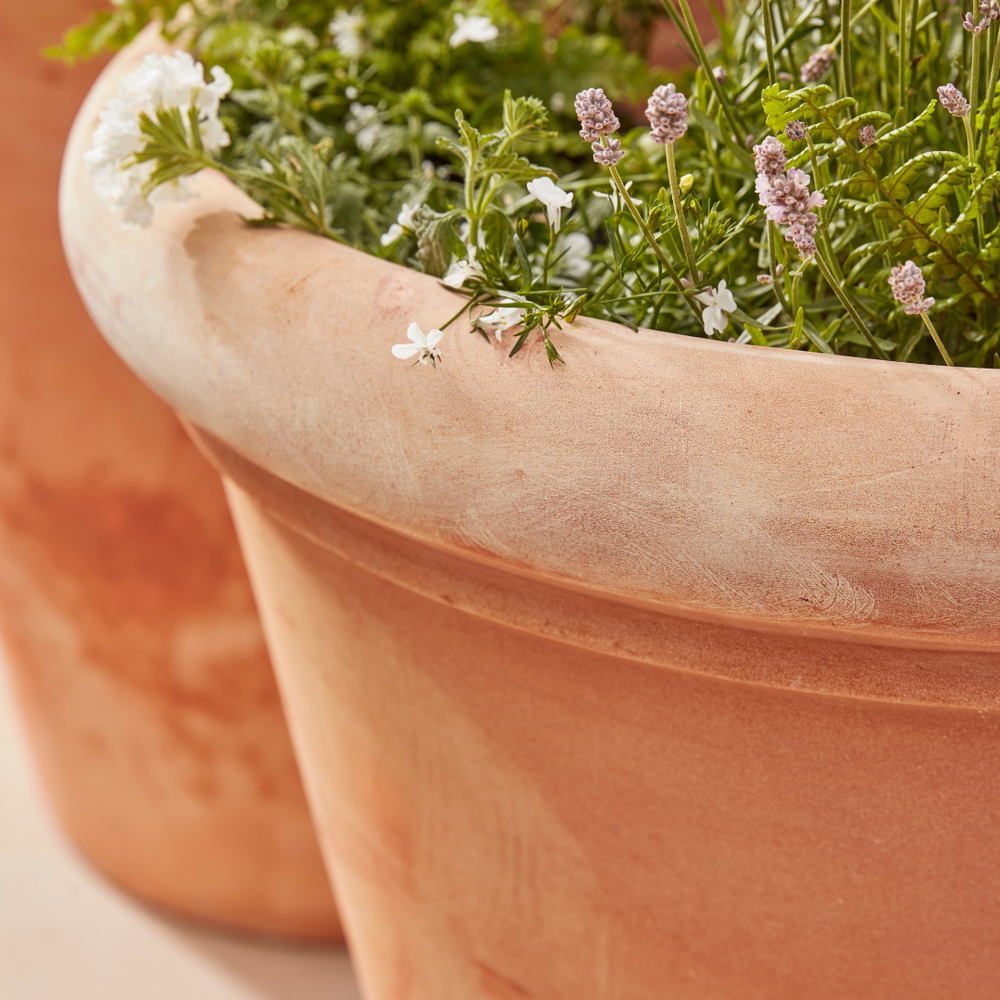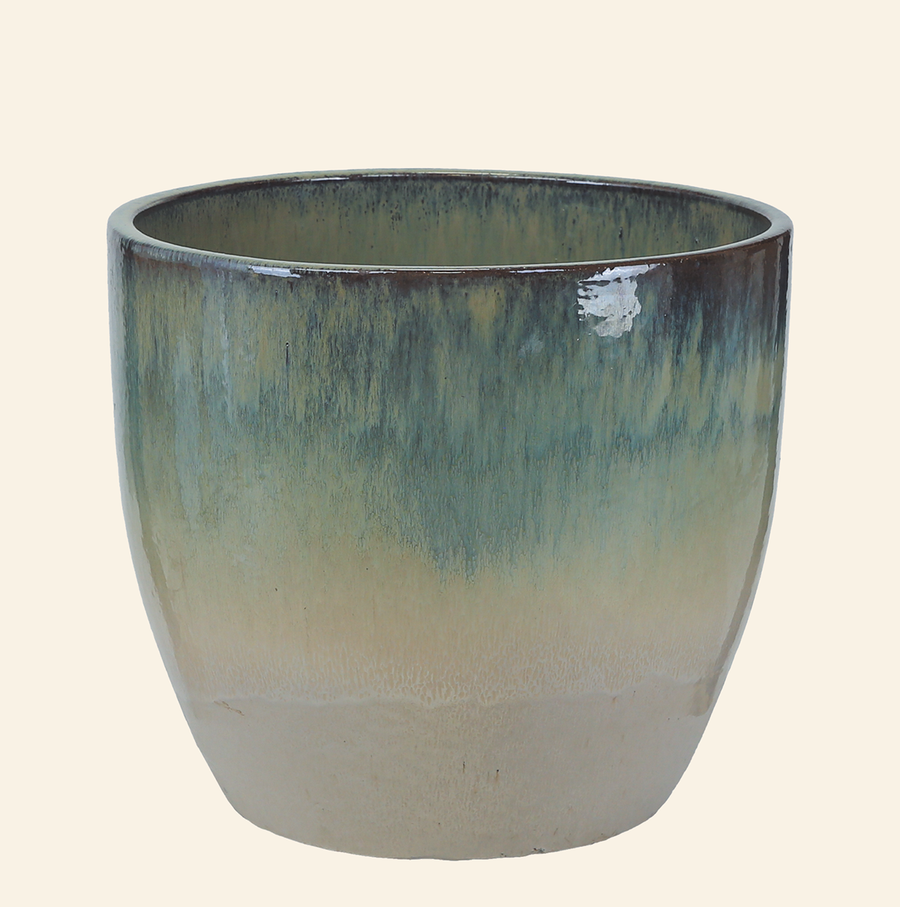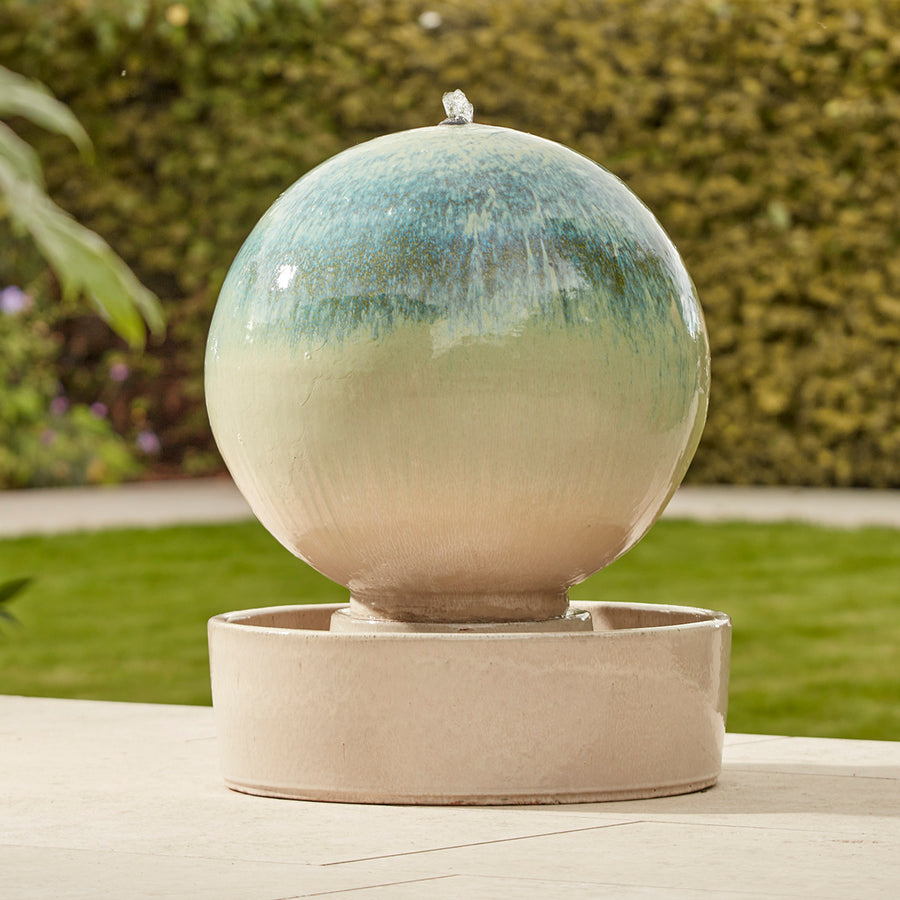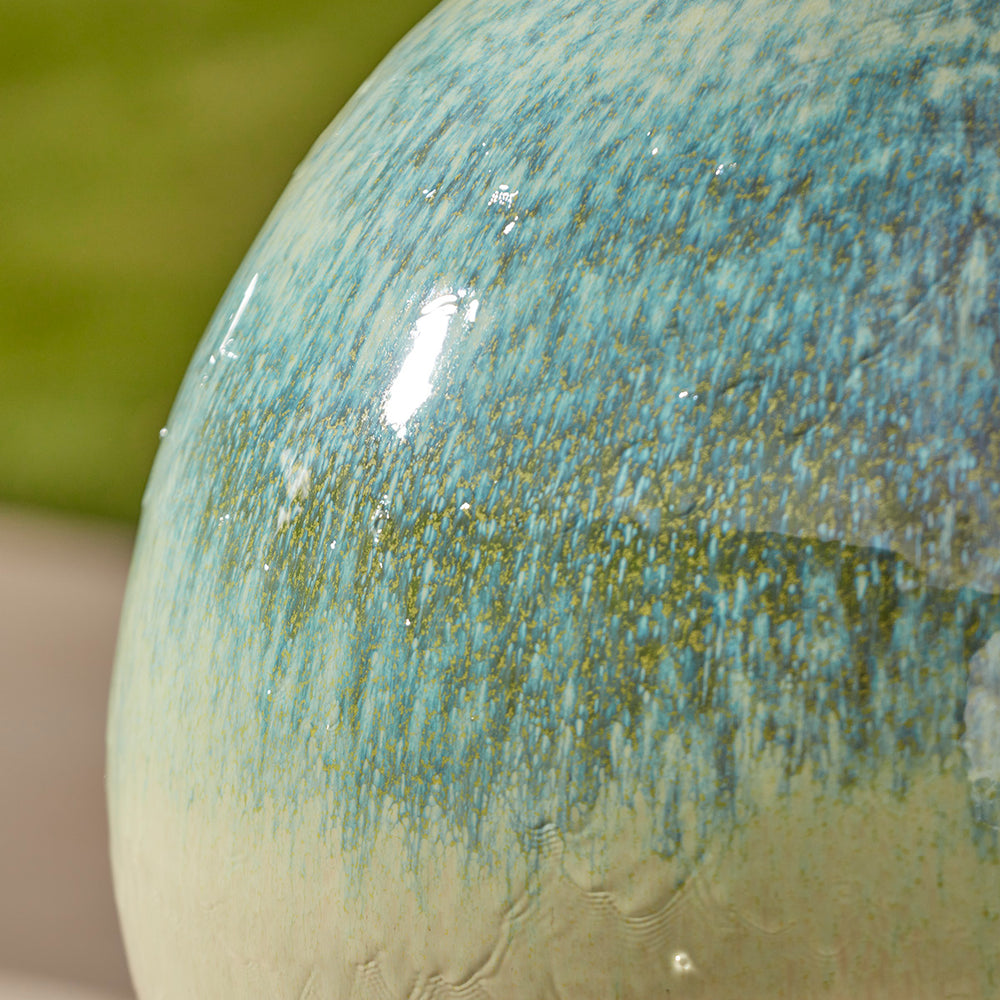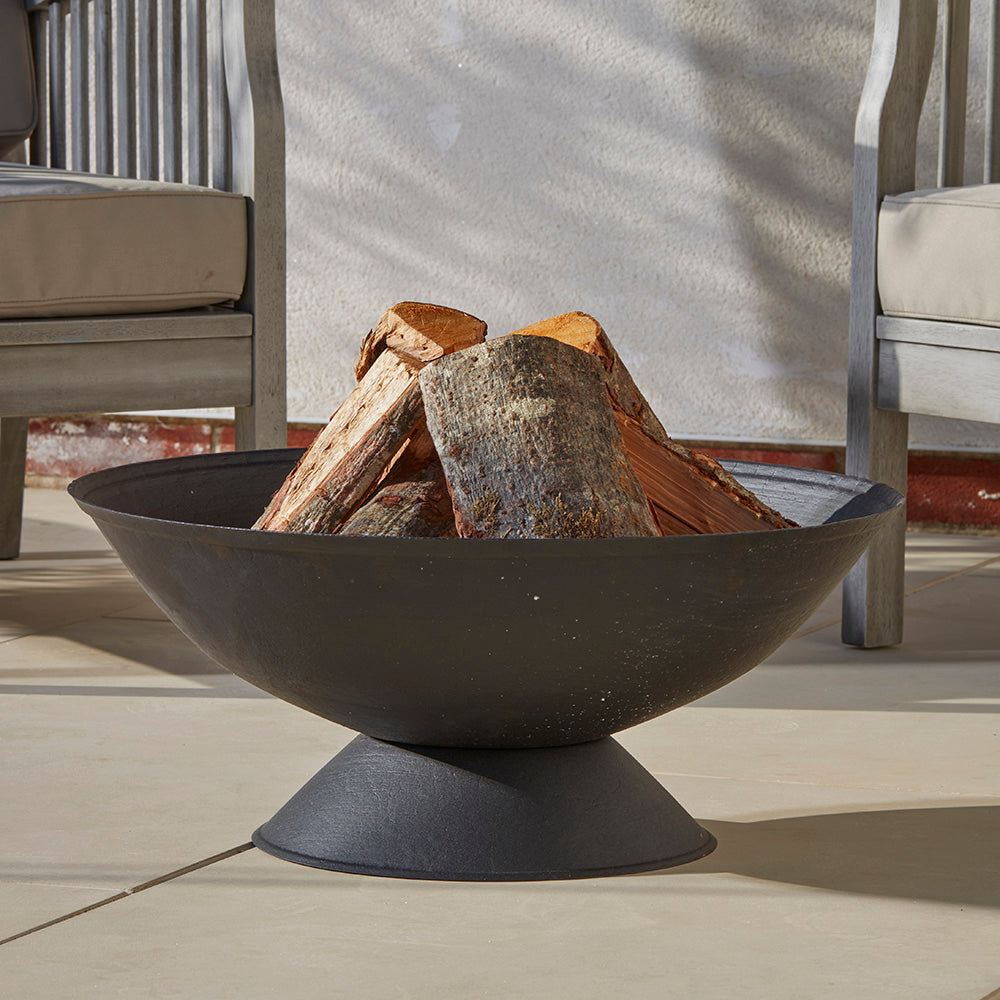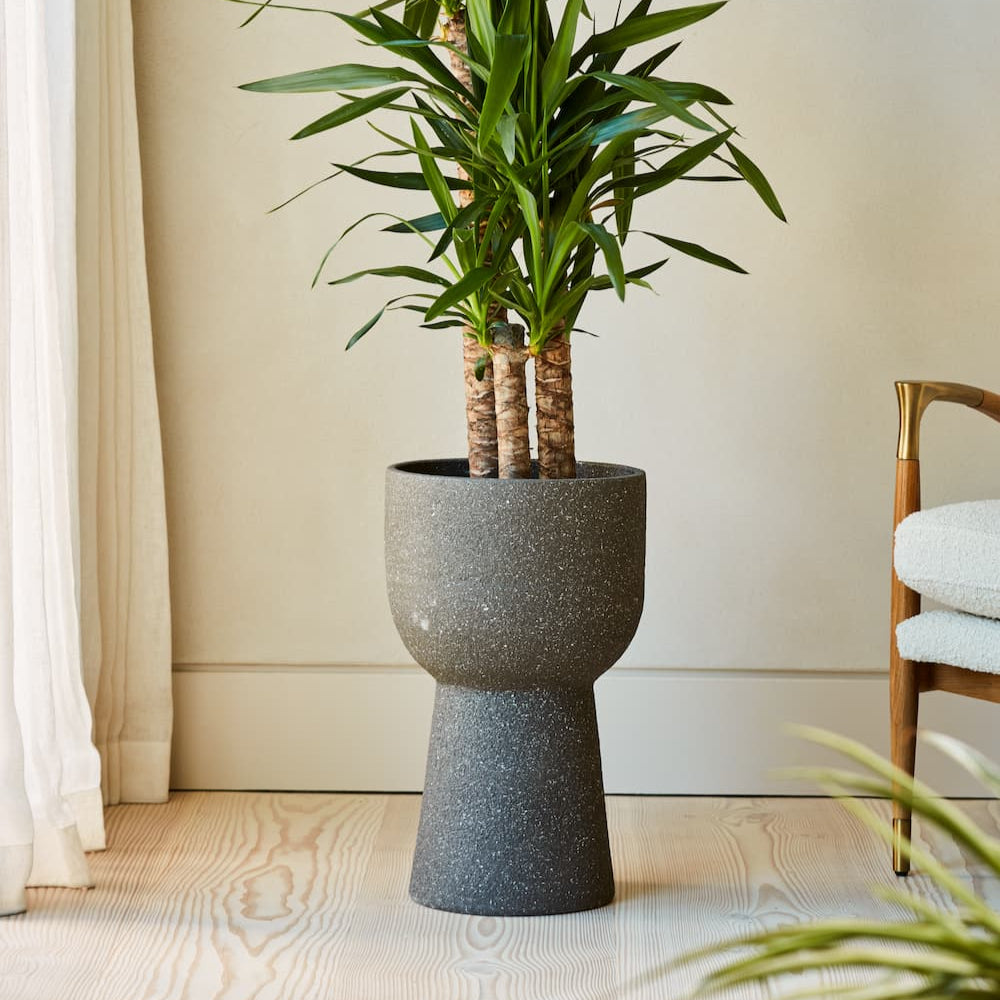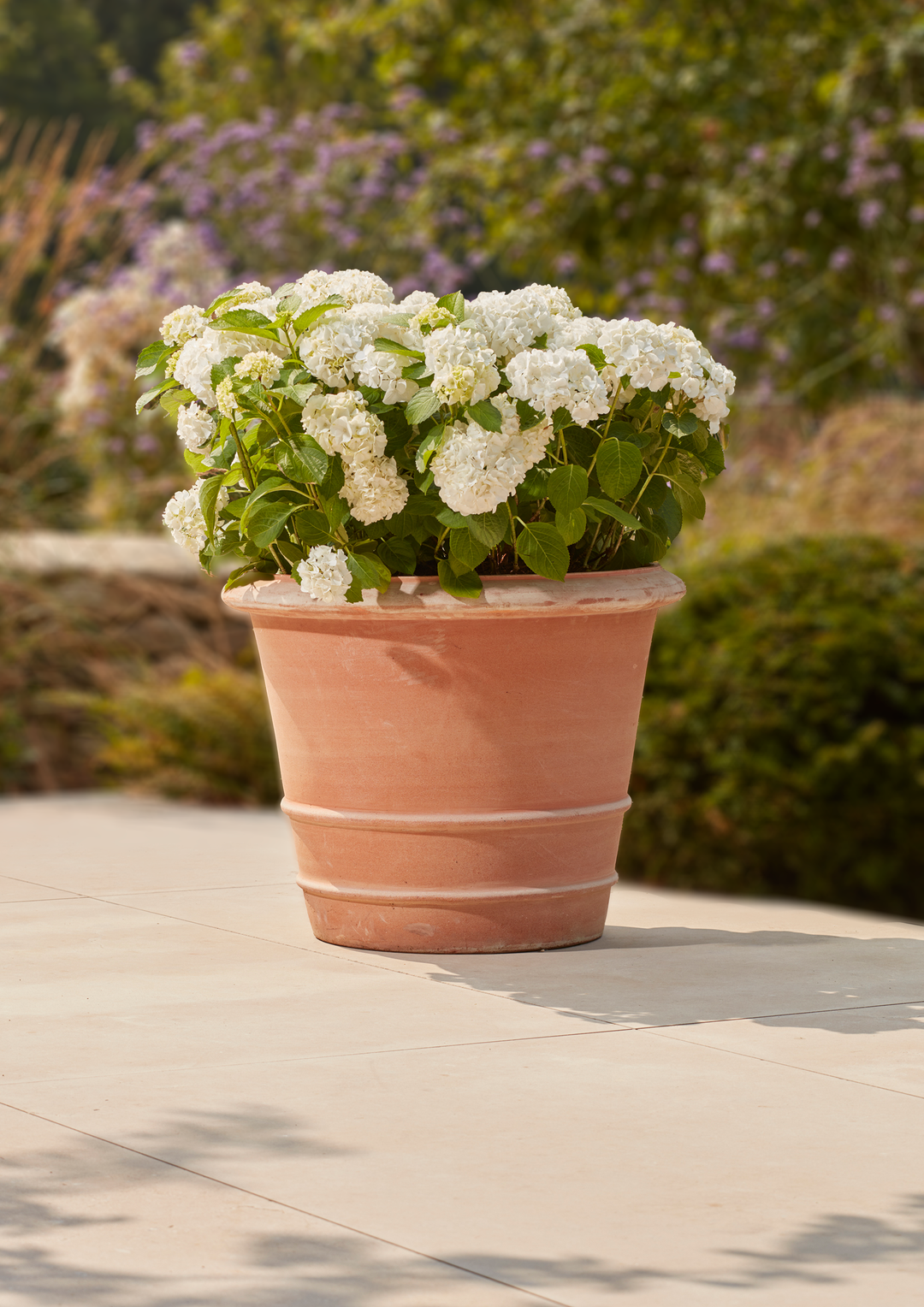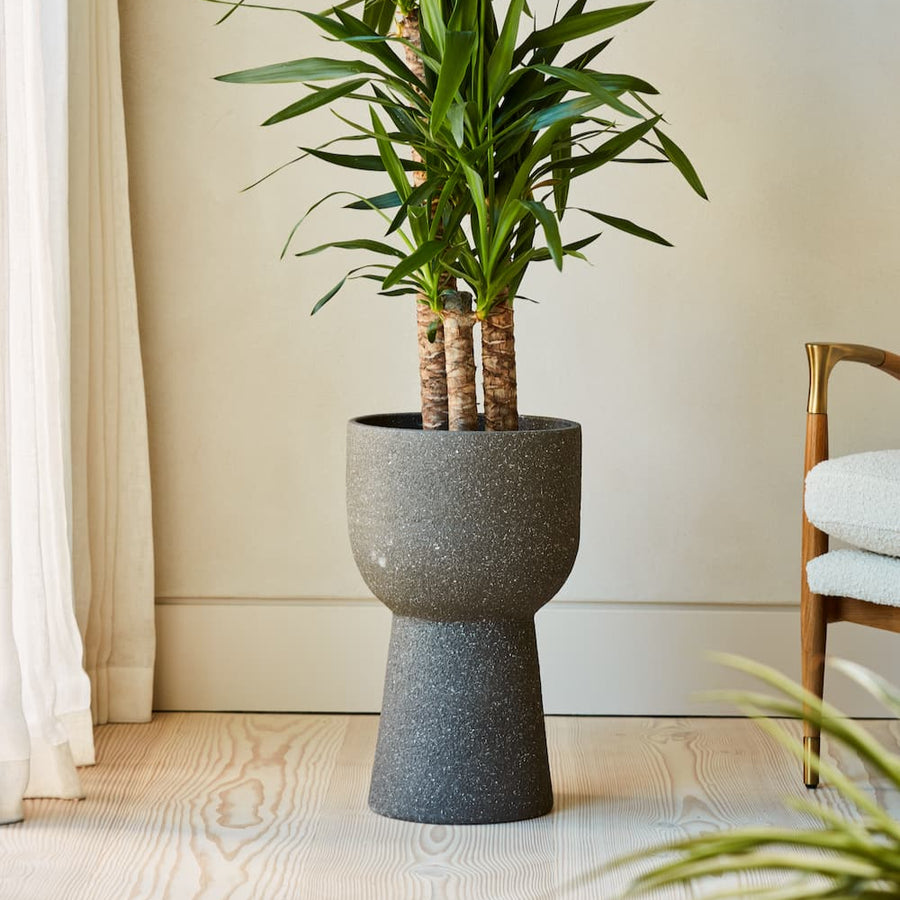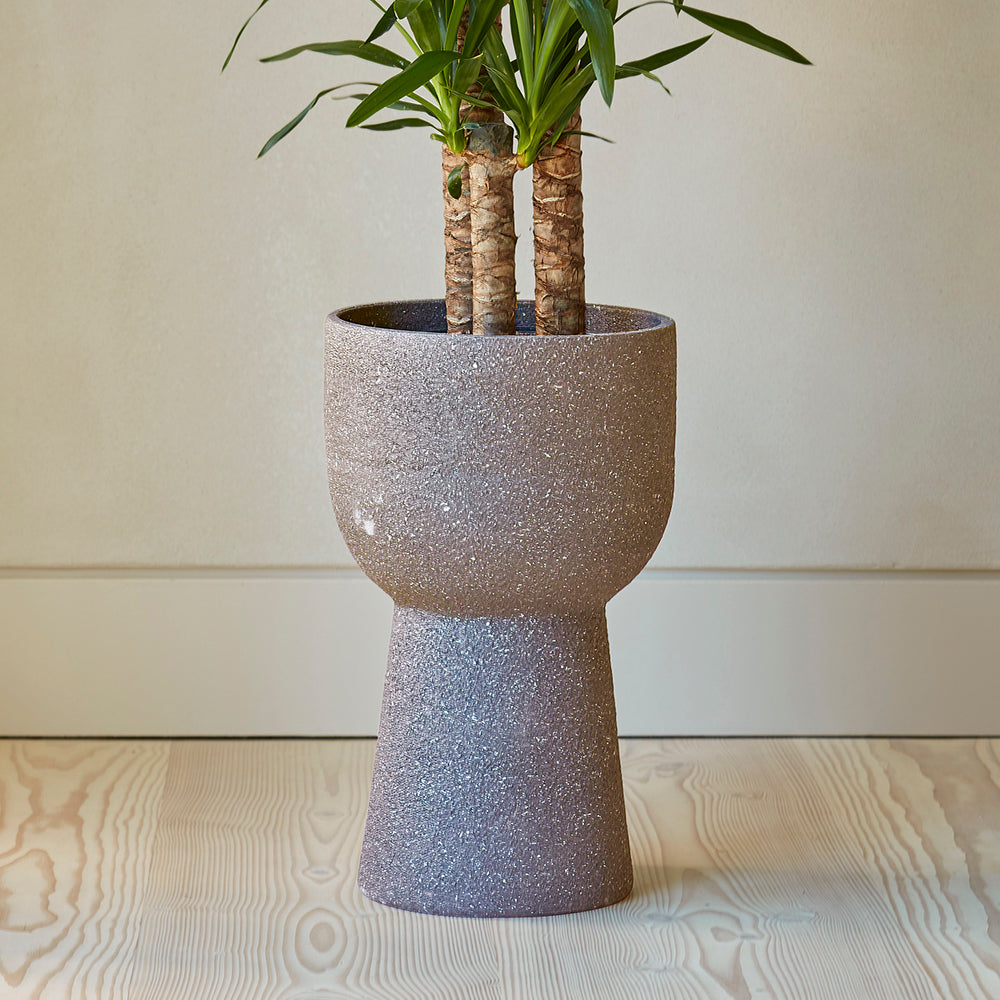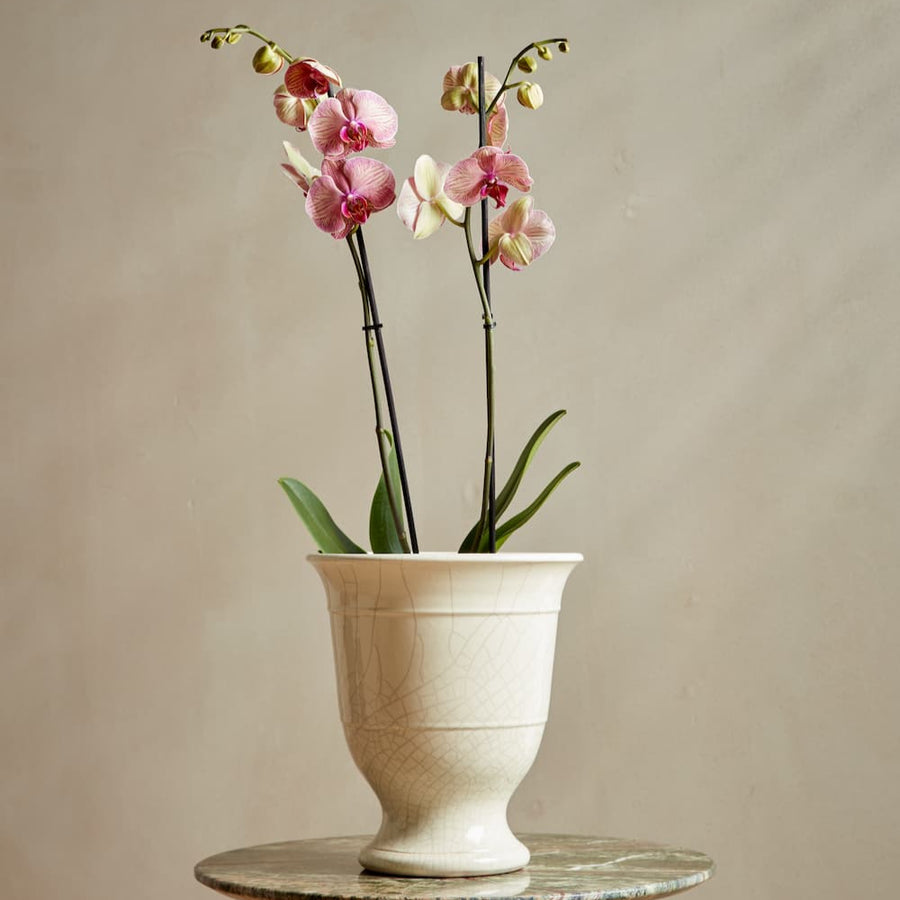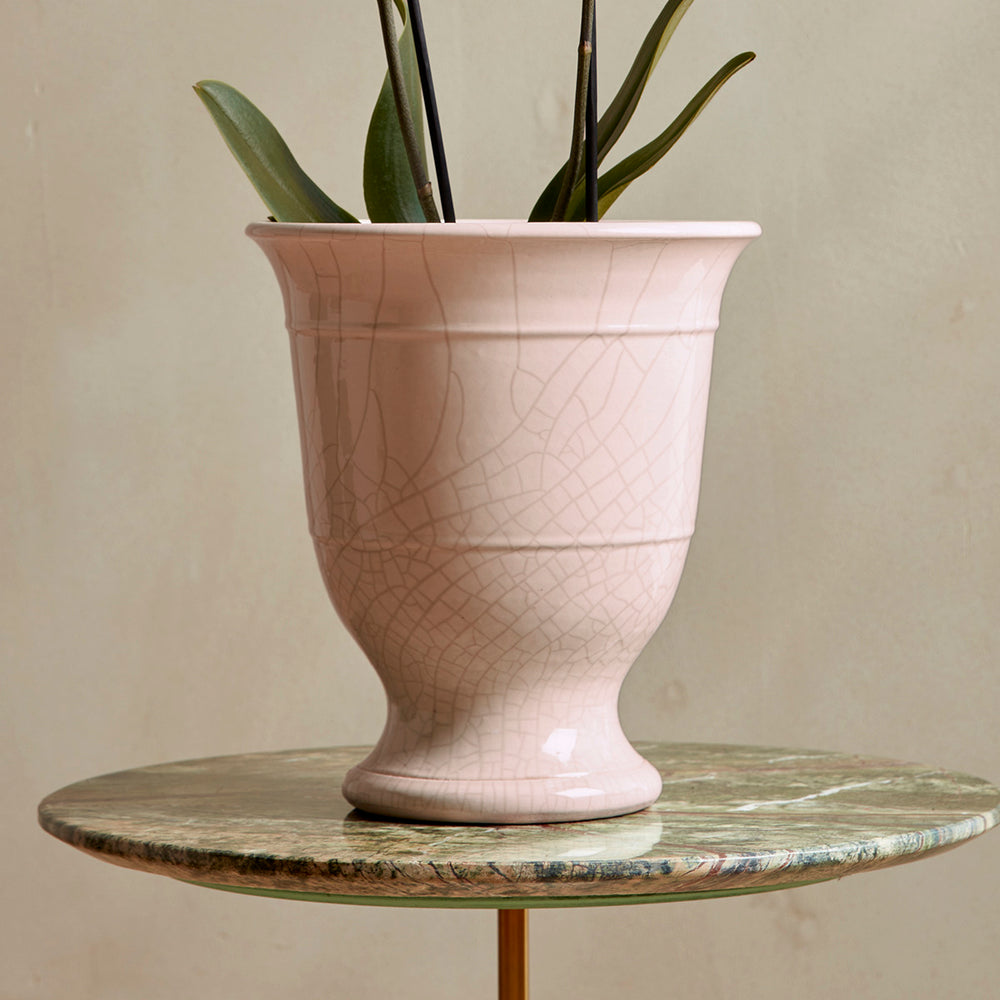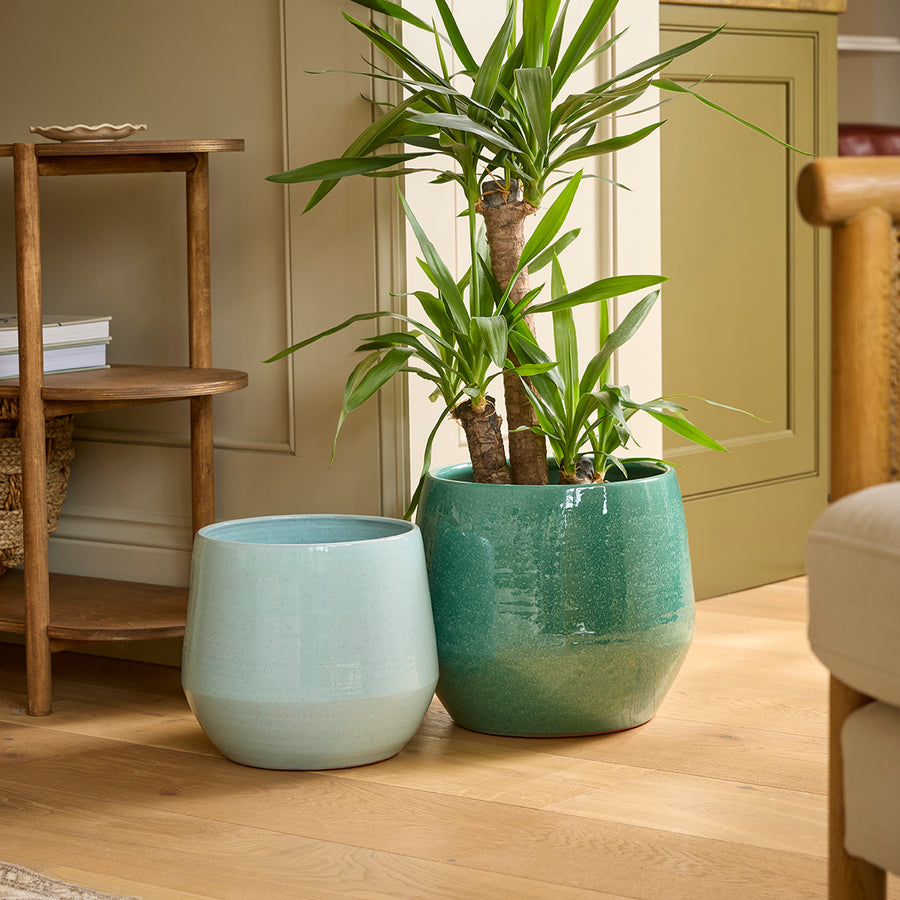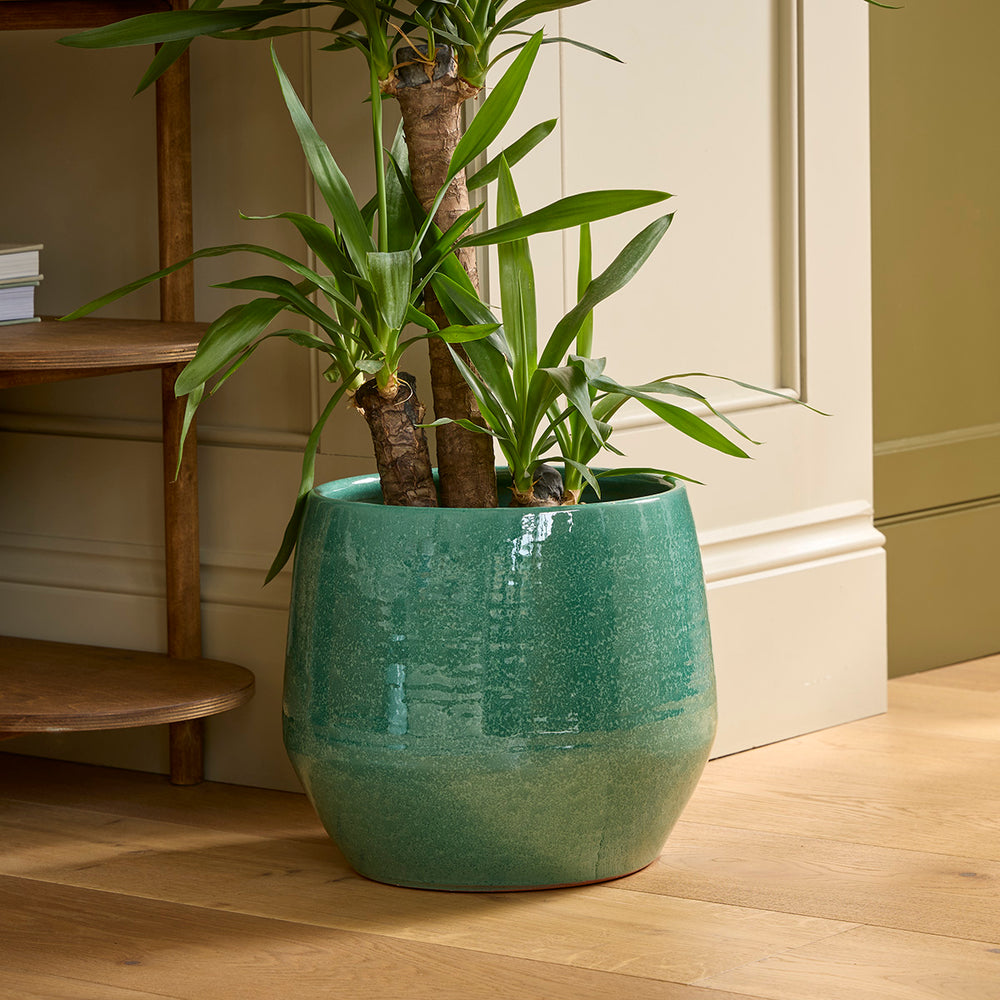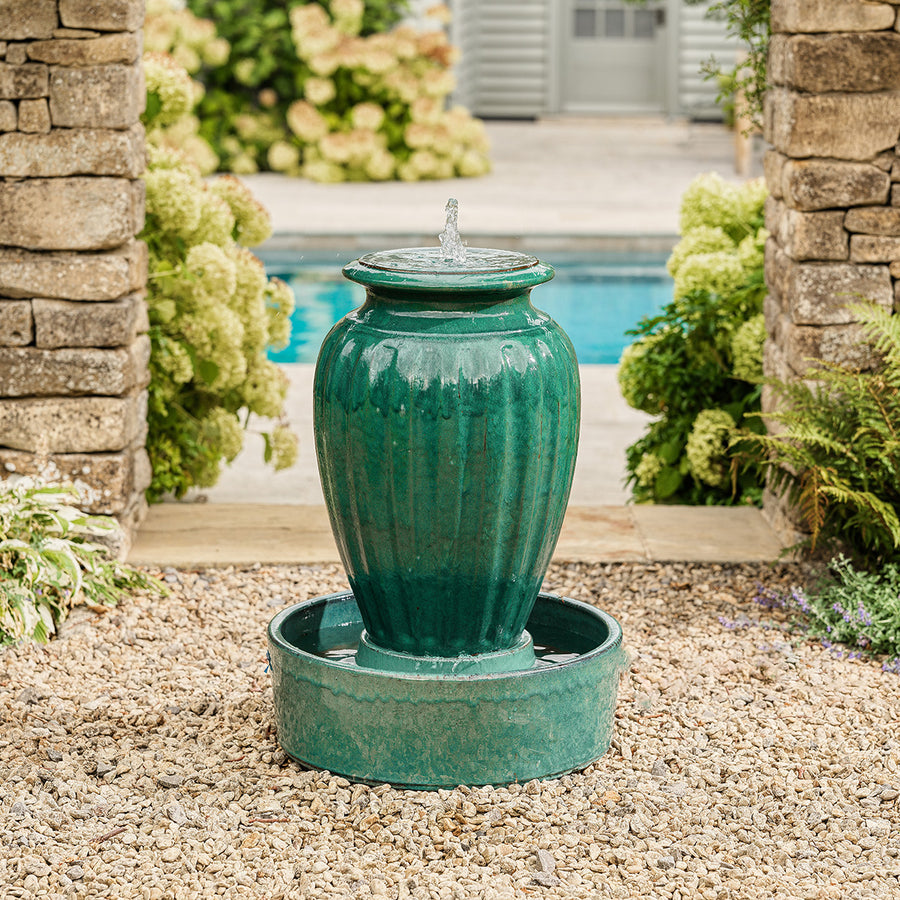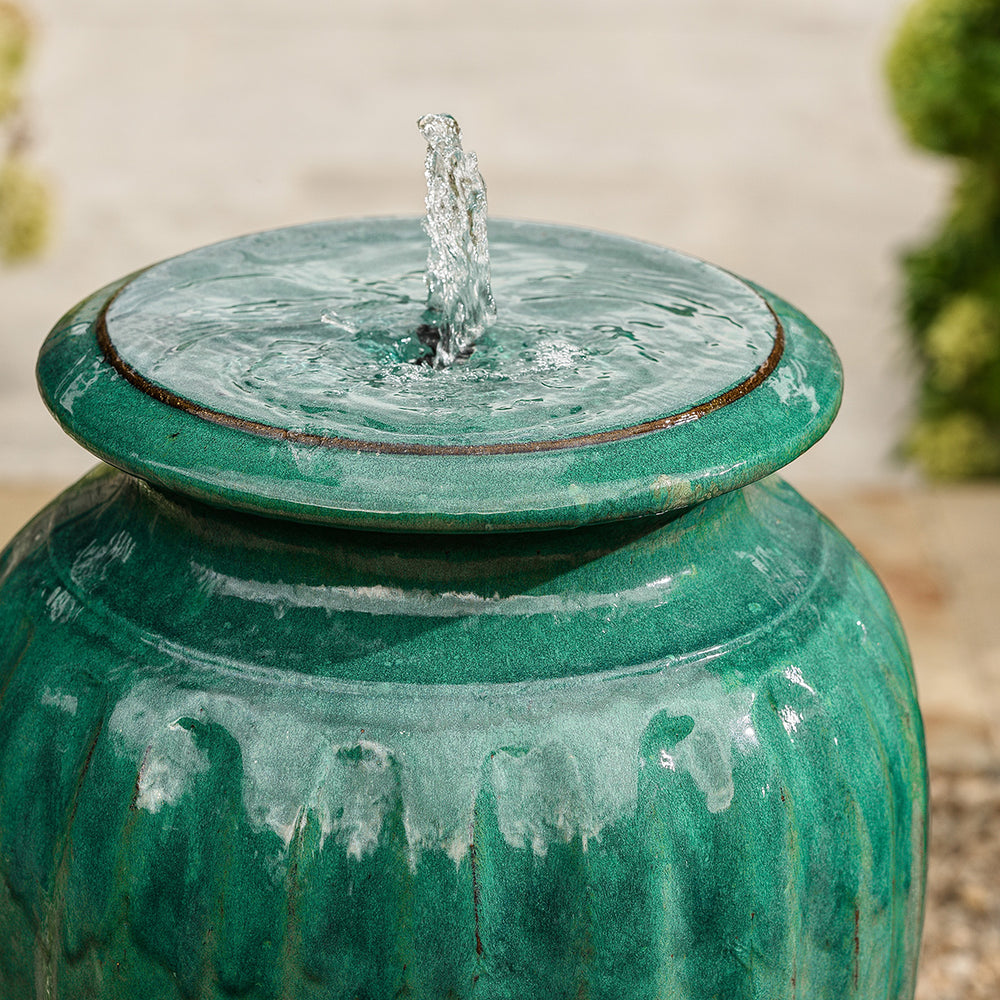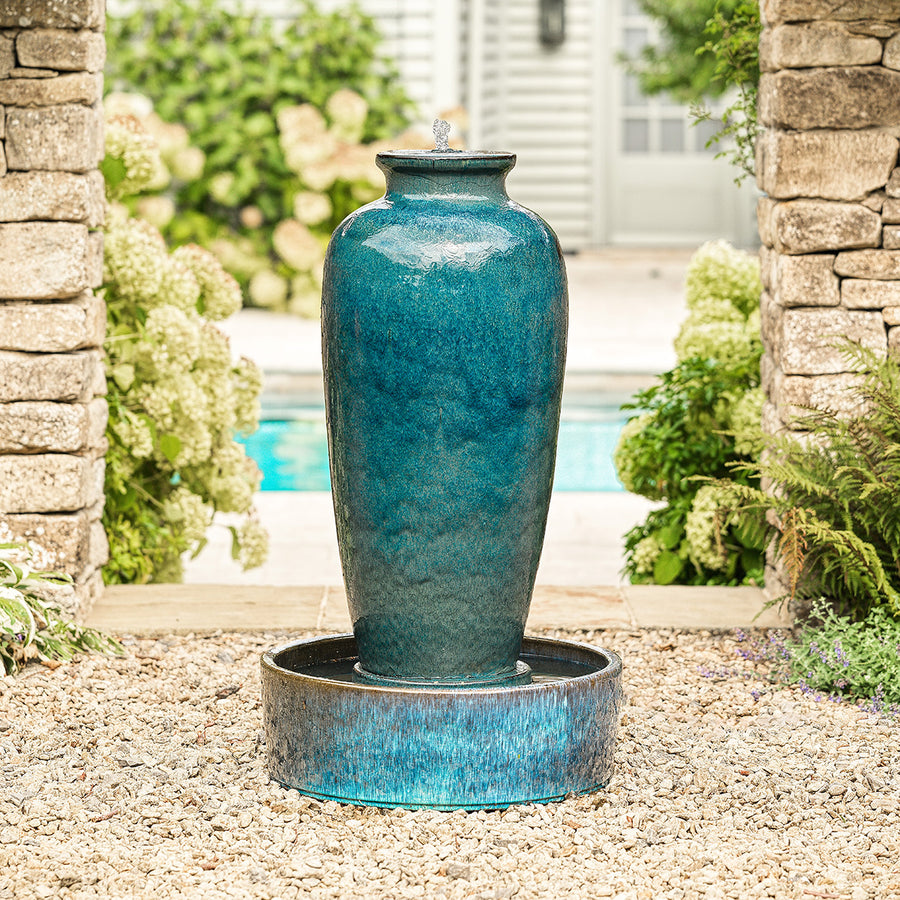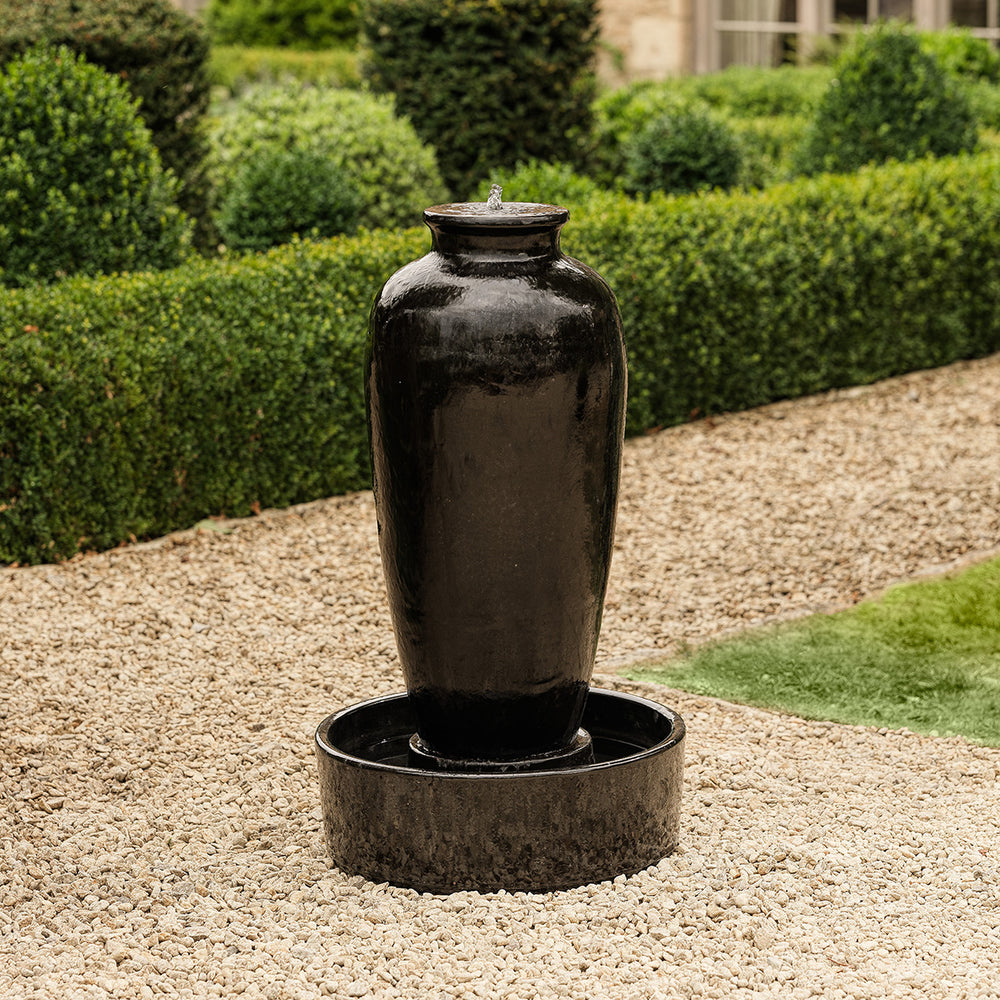Welcoming Spring Visitors: A Guide to Creating a Wildlife Haven
Embrace Spring: Crafting a Wildlife Haven in Your Garden
As the vibrant hues of spring emerge, so does the opportunity to transform your garden into a haven for wildlife. Welcoming spring visitors to your outdoor sanctuary is not only a joyous experience but also a chance to contribute to the thriving ecosystem. Here's your guide to creating a wildlife-friendly garden that beckons birds, butterflies, and other enchanting creatures.
1. Native Plants for Nourishment
Start by incorporating native plants into your garden landscape. These plants not only provide essential food sources for local wildlife but also support the intricate web of life within your ecosystem. Choose a variety of flowering plants to attract pollinators like butterflies and bees.
2. Strategic Water Features
Create an oasis for spring visitors by adding strategic water features. Bird baths, small ponds, or even a strategically placed shallow dish can serve as refreshing watering holes for birds and insects, enhancing the allure of your garden. Pictured below is our Ancient Salt Glaze Bird Bath, which makes the perfect accessory for a Spring Garden.
3. Diverse Plant Layers for Habitat
Craft a multi-layered garden with varying plant heights. Tall trees, shrubs, and ground cover create diverse habitats, offering shelter and nesting spots for different species. This layered approach not only adds visual interest but also caters to the varying needs of wildlife.
4. Year-Round Shelter Solutions
Ensure your garden provides year-round shelter. Evergreen plants and well-placed birdhouses offer safe havens during unpredictable spring weather. This thoughtful design element makes your garden a reliable refuge for wildlife, fostering a sense of security.
5. Pollinator-Friendly Blooms
Opt for flowers that specifically attract pollinators. Plants like lavender, coneflowers, and bee balm not only add a burst of color but also entice butterflies and bees, essential contributors to the pollination process in your garden.
6. Safe and Sustainable Gardening Practices
Practice safe and sustainable gardening methods. Avoid harmful pesticides and opt for natural alternatives to protect both your garden and its inhabitants. Healthy soil and plants contribute to a robust ecosystem that supports a variety of wildlife.
7. Feathered Friends' Feeding Stations
Set up feeding stations for your feathered friends. Hanging bird feeders filled with seeds and suet provide an additional food source, encouraging more bird species to grace your garden with their presence. Why not try something a little different and lay out some bird feed on one of our Cast Iron Spades?
8. Educational Signage for Visitors
Consider adding educational signage to your garden. Informative signs about the native plants, wildlife, and their significance in your garden create an immersive experience for visitors while raising awareness about the importance of biodiversity.
9. Regular Maintenance and Monitoring
Maintain your garden regularly and keep a watchful eye on its inhabitants. Remove any potential hazards, and monitor plant health to ensure a thriving environment. A well-maintained garden is more likely to attract and sustain diverse wildlife.
10. Celebrating Wildlife in Community
Encourage your community to join the movement. Share your experiences and knowledge about creating a wildlife-friendly garden. Together, you can celebrate the wonders of spring and inspire others to welcome nature into their own outdoor spaces.
In conclusion, by implementing these strategies, your garden can become a vibrant haven for spring visitors. Embrace the beauty of the season by creating an inviting space that not only welcomes wildlife but also fosters a deeper connection between nature and your outdoor sanctuary.
Why not take a look at our entire Wildlife range? Or check out our other blog posts for more Wildlife care tips!


